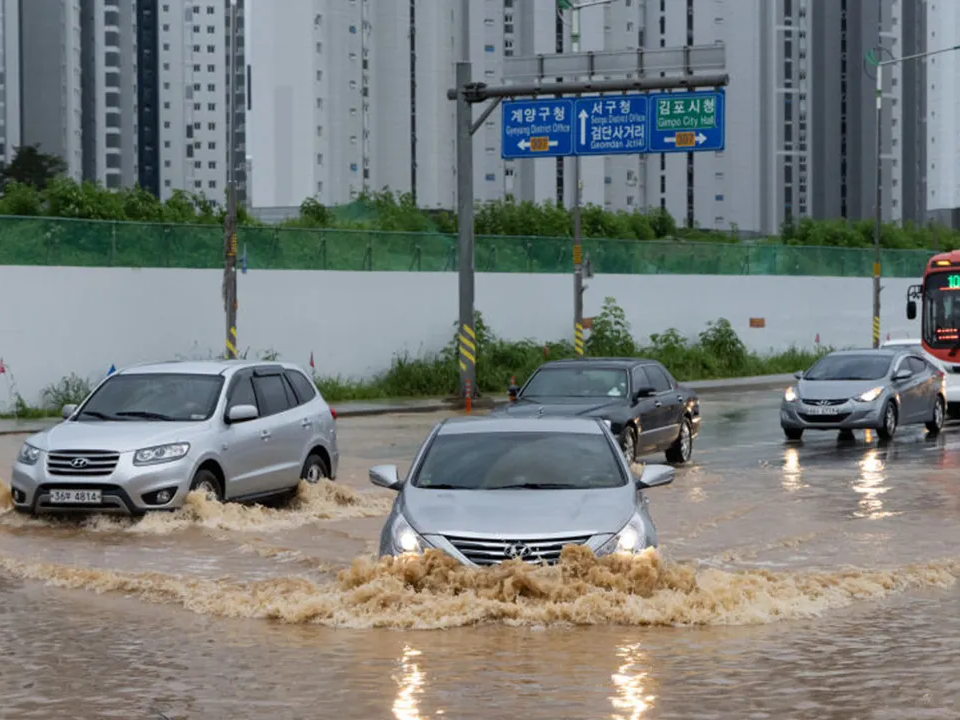
The death toll from the recent floods in South Korea has risen to 39 as of Monday, July 17, 2023. President Yoon Suk Yeol has ordered an all-out effort to handle the devastation caused by the floods. The floods have also left hundreds of people injured and thousands homeless.
The heaviest rains in decades have caused widespread flooding and landslides across South Korea. The central and southern regions of the country have been the hardest hit. The city of Cheongju, in particular, has suffered significant damage, with 12 people found dead in a submerged underpass.
In response to the disaster, the government has dispatched emergency crews to the affected areas. These crews are working tirelessly to provide rescue and relief efforts. President Yoon has also called for an investigation into the cause of the floods. He has pledged to take necessary steps to prevent such disasters in the future.
The floods have caused extensive damage to infrastructure, property, and disrupted transportation and power supplies. The government estimates that the cost of the damage could reach billions of dollars.
These floods serve as a reminder of South Korea’s vulnerability to natural disasters. The country is situated in a seismically active region and is also prone to typhoons and flooding. In recent years, South Korea has experienced several major natural disasters, including the 2011 earthquake and tsunami that claimed more than 300 lives.
To enhance the country’s resilience to natural disasters, the government is implementing measures such as building stronger infrastructure, improving early warning systems, and educating the public about disaster preparedness. However, more needs to be done to reduce the risk of future disasters.
